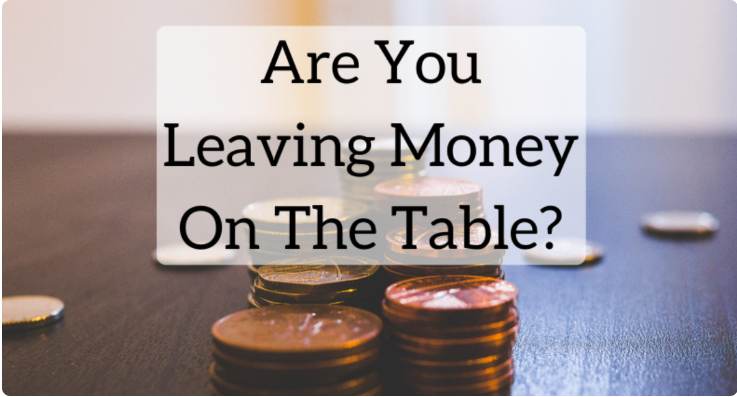Pricing Strategies: How to Stop Leaving Money on the Table
One of the trickiest parts of running a business isn’t building products or delivering services it’s deciding how much to charge for them. Many entrepreneurs underprice their offerings out of fear of losing customers, while others set prices too high without offering the value to back it up.
The truth is, prizing is both an art and a science. Get it wrong, and you could leave thousands of dollars on the table or even drive your business into losses. Get it right, and you’ll maximize revenue, attract the right customers, and build a sustainable company.
Why Pricing Matters More Than You Think
Prizing isn’t just about covering costs it’s about positioning. The price you set sends a powerful signal about your value. Underpricing may win short-term customers, but it can damage your brand and make it hard to scale. Strategic prizing, on the other hand, helps you:
-
Improve profit margins
-
Attract the right type of clients
-
Compete effectively in your market
-
Sustain growth without burning out
Common Prizing Mistakes Entrepreneurs Make
-
Basing Prices Only on Costs
Cost-plus pricing (adding a small markup on expenses) ignores customer perception and value. -
Undervaluing Your Offer
Many small business owners set prices low to “be affordable,” but this often leads to burnout and slim margins. -
Ignoring Competitor Prizing
Failing to research the market can make your price either unreasonably high or unsustainably low. -
One-Size-Fits-All Prizing
Offering just one flat rate can leave money on the table with customers who are willing to pay more.
Proven Prizing Strategies to Maximize Revenue
1. Value-Based Prizing
Price according to the value your product or service delivers, not just the cost to produce it. For example, if your software saves a client $10,000 a year, charging $1,000 is a bargain.
2. Tiered Pricing (Good-Better-Best)
Offer different packages to capture different customer segments. This allows budget-conscious buyers to opt for the basic tier, while premium clients pay more for advanced features or perks.
3. Psychological Pricing
Small tweaks can make a big difference:
-
Pricing at $99 instead of $100 feels cheaper.
-
Bundling products makes customers perceive higher value.
-
Anchoring a high-priced option next to a mid-tier choice makes the mid-tier look more attractive.
4. Dynamic Pricing
Adjust prices based on demand, season, or market changes (common in airlines, hotels, and e-commerce).
5. Subscription or Recurring Revenue Models
Turning one-time sales into ongoing payments builds predictable revenue and long-term customer relationships.
Tips to Refine Your Pricing
-
Know Your Costs: Ensure every sale covers expenses and leaves room for profit.
-
Test & Adjust: Don’t be afraid to experiment—try different price points and track results.
-
Communicate Value: Customers won’t just pay for what you offer—they’ll pay for what they believe it’s worth.
-
Raise Prices Strategically: If demand is strong and you’re at capacity, it may be time to increase prices.
Final Thoughts
The right pricing strategy isn’t about charging the lowest rate or squeezing customers for the highest dollar—it’s about finding the sweet spot where your value, customer expectations, and business goals align.
If you’re underpricing, you’re not just losing money—you may also be underselling your worth. By applying strategic pricing, you’ll stop leaving money on the table and start building a stronger, more profitable business.


